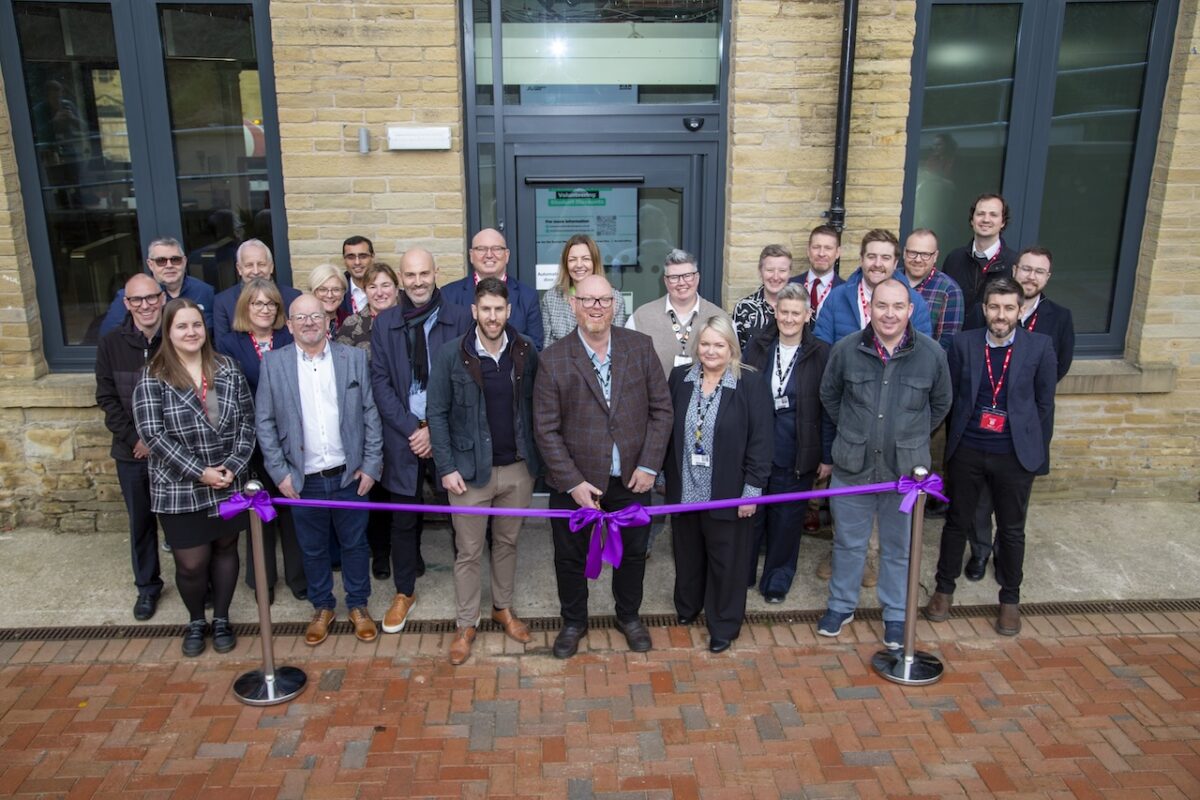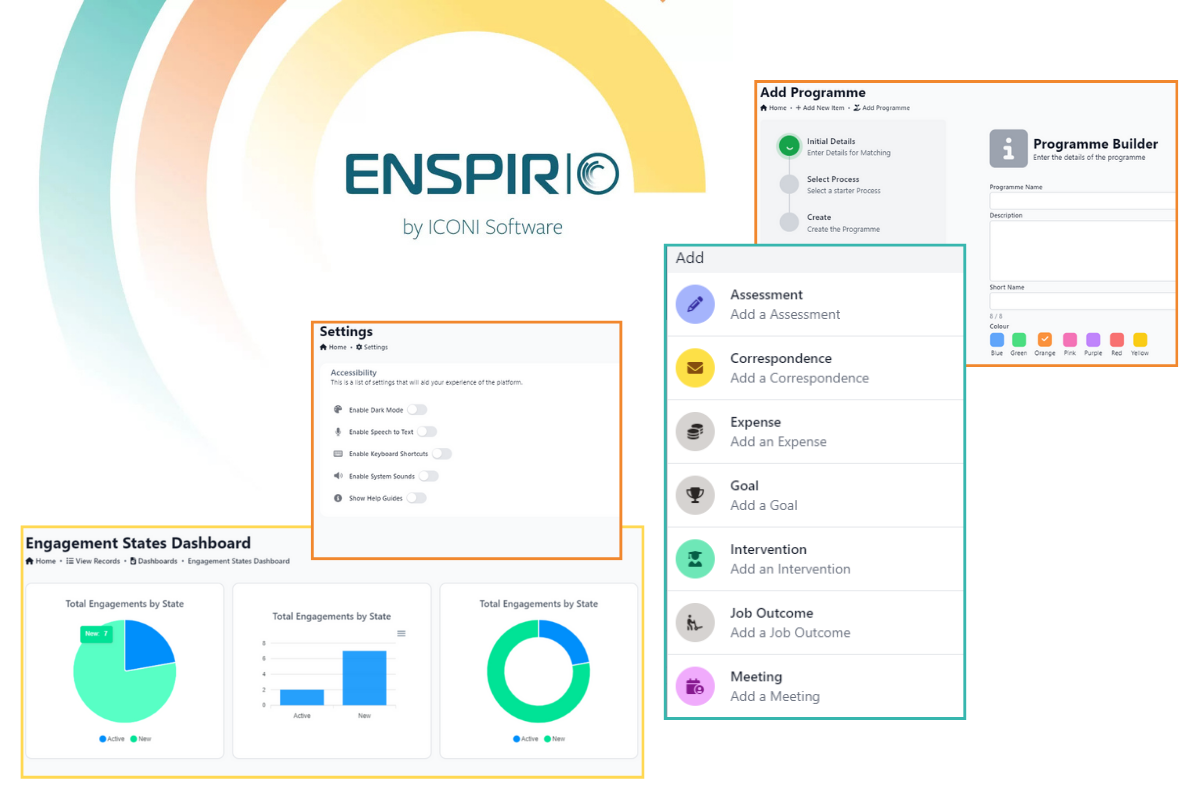2 in 5 employers hire ad hoc and are failing to plan for future staff needs

As vacancies surge past one million, new research shows 2 in 5 employers hire ad hoc and are failing to plan for future staff needs
New CIPD/Omni report calls on organisations to adopt a long-term view of resourcing and make better use of workforce planning to survive and thrive
With the UK’s hiring challenges showing no sign of slowing down, the CIPD’s latest Resourcing and Talent Planning Survey, in partnership with Omni, shows the recruitment and retention efforts of many employers are found wanting.
Over 1,000 employers were surveyed for the report, which examines their resourcing and talent planning practices.
It finds that more than two-fifths (43%) of employers take an ad hoc approach to recruitment and are therefore not planning ahead for future skill and staff requirements. And in organisations that say talent is increasingly difficult to retain, only two fifths (40%) had undertaken any kind of retention initiatives.
The report argues that now, more than ever, with a labour market in flux due to Covid and Brexit, organisations need to take a more strategic approach to resourcing – particularly since they may need to train and reskill more domestic workers or increase routes into work for young people, both of which can take time and investment.
As it stands, fewer than half of employers (46%) have a workforce planning strategy based on a robust understanding of their current and future workforce needs. Similarly, just 46% collect data to identify skills gaps in their organisation, with fewer than a third (31%) collecting data to identify future skill requirements.
The report highlights that comprehensive data should not just be used to inform and improve workforce planning decisions, but an organisation’s range of resourcing initiatives, processes and issues. Currently, only:
- 20% calculate the cost of labour turnover
- 13% of organisations measure the return on investment of their recruitment activities
- 13% collect data to assess the availability/supply of talent in the market.
Claire McCartney, senior resourcing and inclusion adviser at the CIPD, the professional body for HR and people development, said:
“The pandemic has meant that many organisations haven’t had the bandwidth to look ahead when it comes to resourcing. Our research also confirms that many organisations aren’t regularly collecting data on their current and future workforce needs. However, that’s exactly what they need to be doing if they’re to survive and thrive, given the current recruitment difficulties hiring crisis on our hands and changing dynamics of the labour market.
“Employers could also be making much better use of data across the board regarding their resourcing practices, so they know what works for them and what doesn’t. This will not just put them in a better position to attract and retaining talent, it will open up access to more diverse talent too.”
Louise Shaw, Director Resourcing Transformation, Omni RMS, said:
“Given the stark reality that we currently lack the right people with the right skills needed for the economy to thrive, companies need to adjust their talent strategies to meet the shifting demands rather than simply reverting to those that served them well in the past. Businesses need to retain and upskill their workforce and think creatively about the future of work and how to diversify talent. The winners will be reshaping their talent strategies now to ensure they continue to attract, develop, and retain the best. They should apply the same rigour to resource planning as is given to designing overall business strategy.”
Encouragingly the report finds that more organisations are turning to training and development to address their recruitment difficulties, with a third (33%) saying they’ve developed more talent in-house compared to the previous year.
There’s also been an increase in the proportion of organisations offering career-returner (27%) and mid-career-change programmes (21%) in the last year, up from 19% and 16% respectively on the previous year.
Ian Rawlings, RVP EMEA at SumTotal Systems:
“As organisations navigate shrinking talent pools, never has it been so important to build – and retain – skilled employees. In the past, a lot of HR data went unused. But in today’s era of big data and analytics, HR professionals are able to turn rich data sources into insights, including in predicting when employees will leave, seeking ways to improve retention, driving enhanced employee engagement or undertaking data-fuelled succession planning to develop the next generation of leaders.
HR needs to improve its ability to account for current and forecasted business needs, critically assessing the future demand for skills and understanding the patterns and obstacles that may affect workforce migration to new skill sets.
Many HR professionals are already doing this – utilising data analytics to evaluate performance in key workforce management priority areas, such as overall talent retention rates, cost and time to hire talent, the average tenure of new hires, time to full productivity per full-time employee and revenue per full-time employee.
By benchmarking success against these priority KPIs, HR teams are able to demonstrate they are acquiring the right talent, retaining top talent and developing future talent effectively.”











Responses